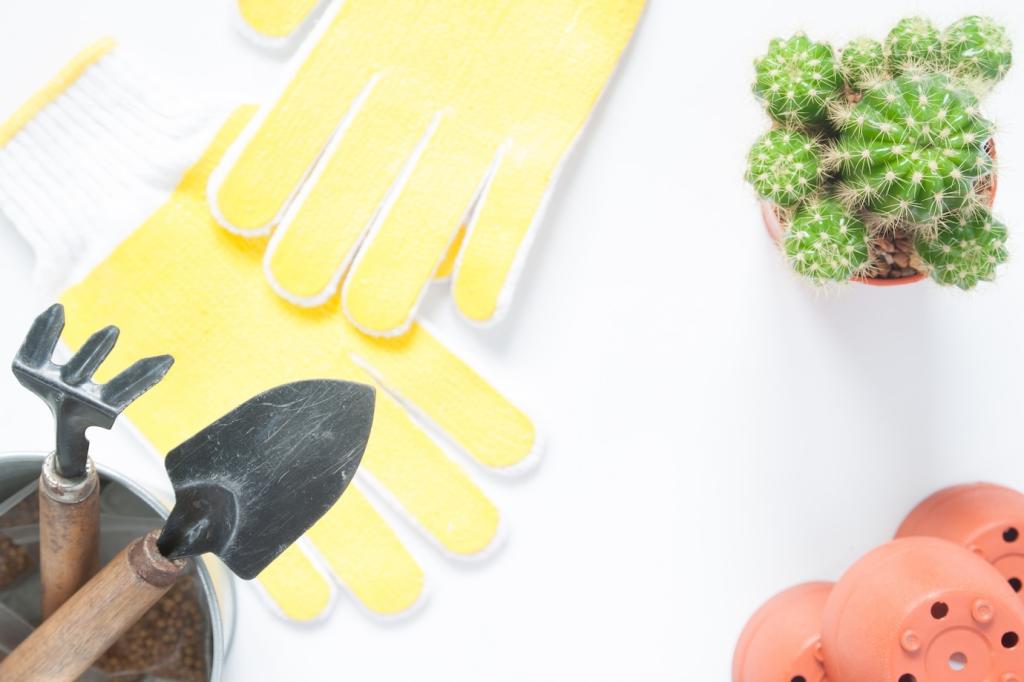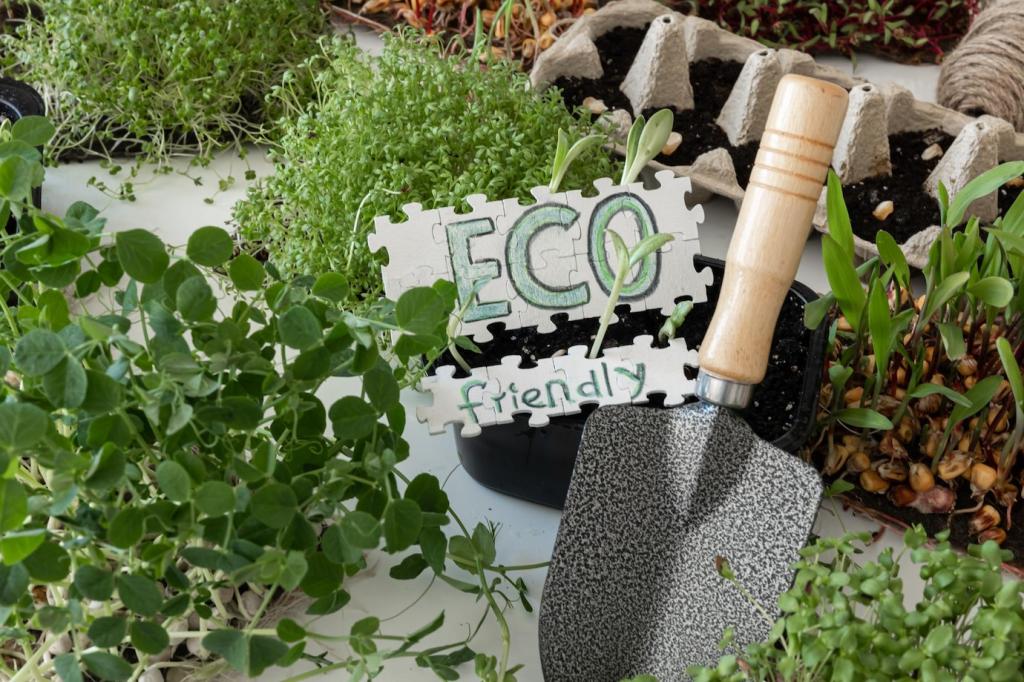Natural Cleaners for Every Surface
Mix a small drop of castile soap in warm water for routine cleaning; wring cloth until almost dry. For sheen, use polymerized tung oil or a light carnauba wax blend. Apply thin coats, buff patiently, and let surfaces cure fully for a longer-lasting, eco-resilient glow.
Natural Cleaners for Every Surface
Deodorize with baking soda: sprinkle, wait overnight, vacuum slowly with a brush attachment. Spot-clean using a mild plant-based detergent and cool water, blotting—never rubbing. For tougher stains, enzyme cleaners labeled for upholstery can help. Always test on hidden seams and avoid over-wetting natural fibers.




